Discovering mold in the home can evoke a sense of dread and concern. This silent intruder, often lurking in damp corners, poses serious risks to health and the integrity of structures. The aim here is to shed light on the various aspects of household mold: types, causes, signs, and health implications. Armed with this knowledge, you can better safeguard your living spaces and health. Unveiling the terrifying truth about household mold begins with understanding its insidious nature and the conditions that favor its unwelcome presence.
Types Of Household Mold

Household mold comes in various forms, each with unique characteristics and risks. Aspergillus is commonly found on food and in air conditioning systems, known for its spore production that can lead to respiratory infections. Cladosporium thrives in both warm and cold conditions, usually spotted on fabrics and under floorboards. Stachybotrys, the notorious “black mold,” prefers wet areas and is often found after water damage. Recognizing these types can be crucial in identifying and addressing mold issues effectively.
While Aspergillus is generally less harmful, it can become a health concern in large quantities or for those with weakened immune systems. Cladosporium, though not as toxic as black mold, can still provoke allergies and breathing problems. Stachybotrys carries a reputation for severe health risks, including respiratory issues and even neurological problems. Understanding the appearance, preferred conditions, and risks associated with these molds is the first step in combating their spread and safeguarding your home.
Causes Of Mold Growth
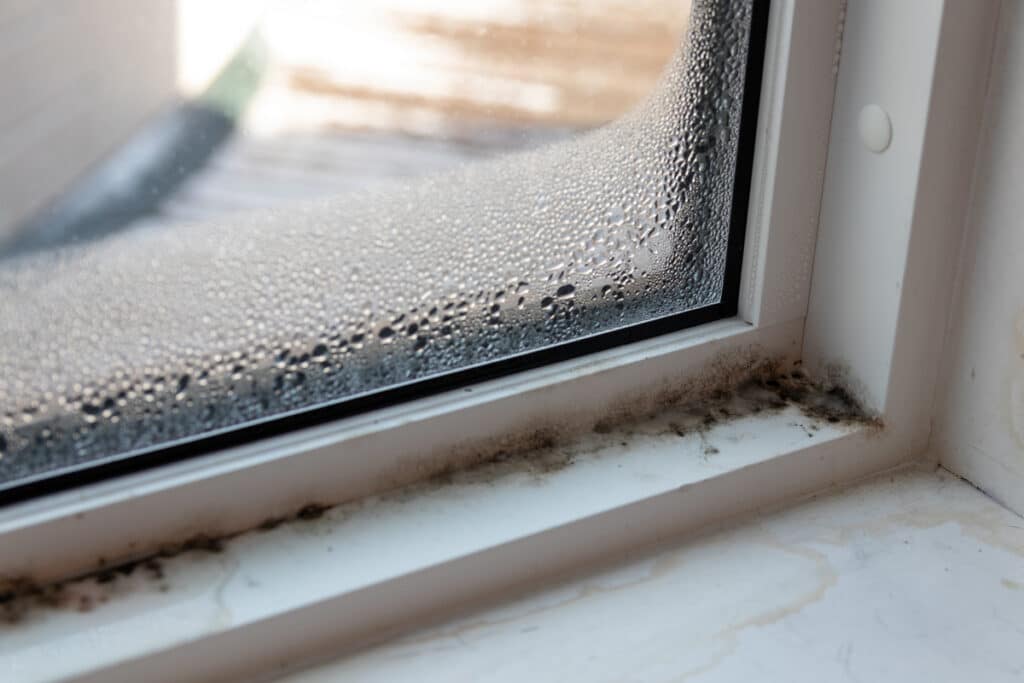
Mold thrives in moist, warm, and poorly ventilated environments, making household areas like bathrooms, kitchens, and basements prime targets. Leaking pipes, condensation, and flooding are common moisture sources that facilitate mold growth. Organic materials such as wood, paper, and fabric offer the perfect food source, allowing molds to flourish unchecked. Recognizing these factors is essential in preventing the establishment and proliferation of mold within your home.
Daily activities, such as showering, cooking, and drying clothes indoors, can contribute to indoor humidity levels conducive to mold growth. Poor ventilation traps this moisture inside, creating an ideal environment for mold. Over time, small patches can grow into larger infestations if not addressed promptly. Understanding and mitigating these common causes through maintenance and lifestyle adjustments can significantly reduce the risk of mold taking hold in your living spaces.
Early Signs Of Mold

Early mold detection is vital in preventing its spread and mitigating health risks. Visual signs often include dark spots or patches on walls, ceilings, and other surfaces. Discoloration can vary in color, but black, green, or brown spots are common indicators. A musty or earthy smell often accompanies visible mold growth, serving as another tell-tale sign. Peeling wallpaper or bubbling paint can also suggest the presence of moisture and mold beneath the surface.
Health symptoms can also serve as early warnings for mold presence. Persistent coughing, sneezing, eye irritation, and skin rashes may indicate an allergic reaction to mold spores in the air. Those with asthma or other respiratory conditions may notice exacerbated symptoms. Paying attention to these signs, particularly in areas prone to dampness and humidity, is crucial for early identification and prompt removal of mold.
Health Risks Of Mold

The health implications of mold exposure can range from mild allergic reactions to severe respiratory conditions. Common symptoms include nasal stuffiness, throat irritation, coughing or wheezing, eye irritation, or skin rashes. For individuals with mold allergies or pre-existing respiratory conditions, exposure can lead to more severe reactions. In some cases, prolonged exposure to certain mold types, like toxic black mold, can lead to more serious health issues, such as chronic lung illnesses or neurological problems.
The risks are particularly high for vulnerable groups, including infants, the elderly, and those with compromised immune systems or chronic lung diseases. In these individuals, mold exposure can lead to serious infections and health complications. Understanding these risks underscores the importance of timely mold identification and remediation. Ensuring your home is free from mold not only protects its structure but, more importantly, the health and well-being of its occupants.
Mold Inspection And Testing
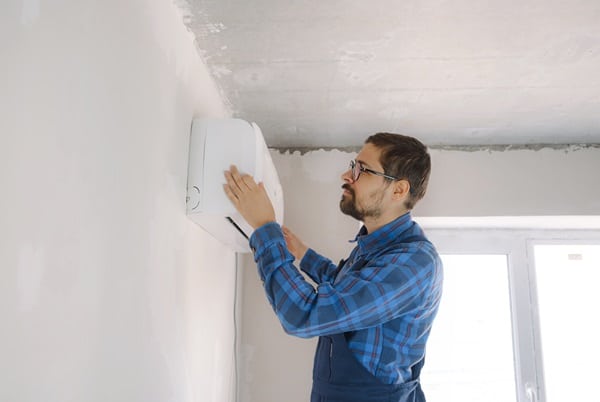
When suspecting mold growth in your home, a professional mold inspection and testing can provide certainty and scope of the issue. Inspectors use tools like moisture meters and infrared cameras to detect hidden moisture and mold growth. They take samples of air and surfaces in various parts of the home to determine the type and concentration of mold spores present. This thorough investigation helps pinpoint the problem areas and the necessary steps for remediation. Understanding the extent of the mold problem is crucial in planning an effective and efficient cleanup.
Professional testing is particularly recommended after water damage or when buying or selling a home. It’s also advised if individuals in the home are experiencing health symptoms that may be related to mold exposure. Professional assessments provide a detailed report of findings and recommendations for remediation. This information is vital in ensuring that all mold is identified and properly treated, preventing future growth and minimizing health risks.
Mold Remediation Techniques
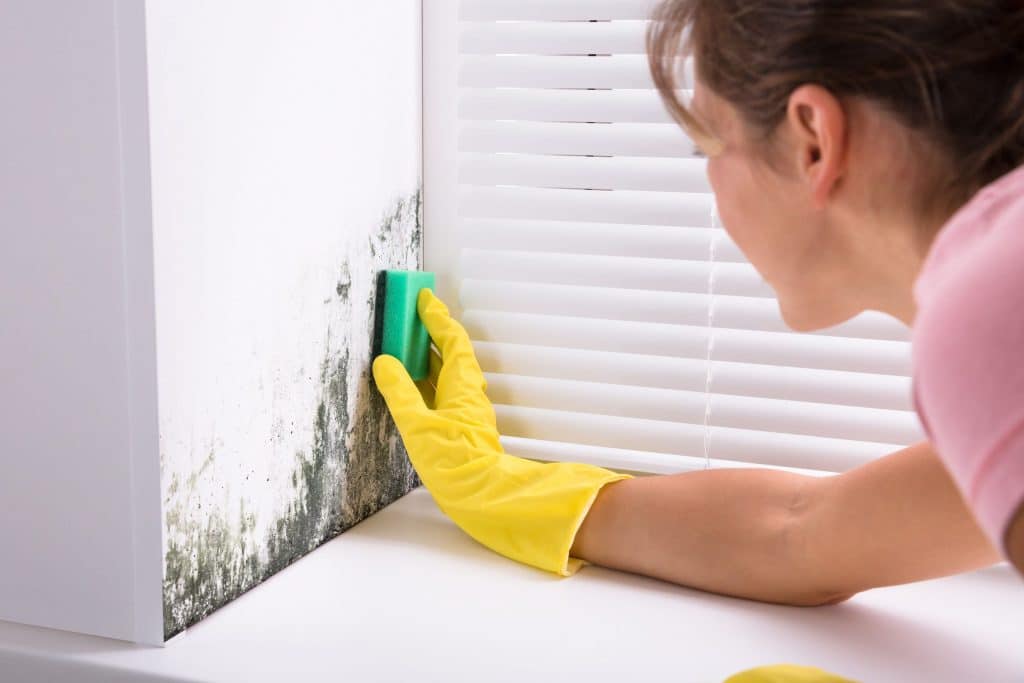
Mold remediation varies in complexity, depending on the extent of the problem. For minor mold issues, DIY solutions like vinegar or baking soda can be effective. It’s essential to wear protective gear and ensure good ventilation when cleaning mold yourself. However, these methods are only suitable for small areas; extensive mold growth typically requires professional intervention. Professionals use powerful agents and methods like HEPA vacuuming and damp wiping to remove mold from affected surfaces and air.
For severe mold infestations, especially those involving toxic black mold, professional remediation is necessary. This process involves not only thorough cleaning and removal of mold but also fixing the underlying moisture problem to prevent recurrence. Contaminated materials may need to be removed and replaced, and the area needs to be adequately sealed and dried. Professional remediation ensures that the mold is completely eradicated and that the home is safe for its occupants.
Preventing Mold In Your Home
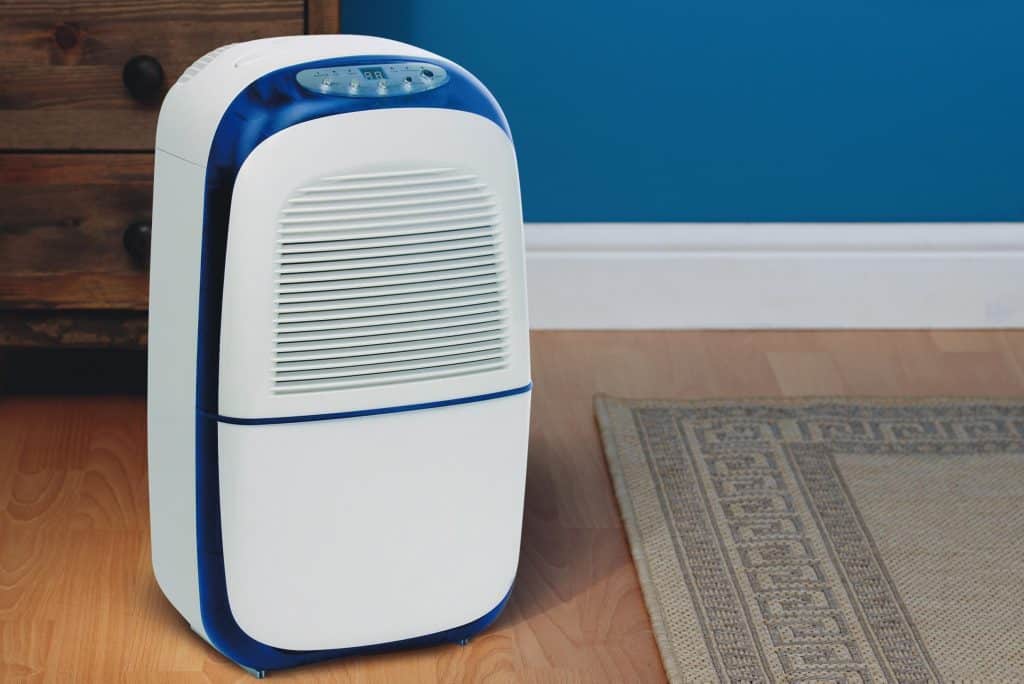
Prevention is the most effective strategy against mold growth. Maintaining low humidity levels, ensuring adequate ventilation, and promptly addressing leaks are key measures. Use dehumidifiers in damp areas and exhaust fans in kitchens and bathrooms to control moisture. Regularly cleaning and inspecting potential problem areas like bathrooms, basements, and window sills can catch mold before it spreads. Properly sealing windows and doors can also prevent outside moisture from entering the home.
Routine maintenance of HVAC systems and using mold-resistant materials during any home repairs or renovations can further reduce the risk of mold. Educating yourself and household members about mold risks and prevention strategies is also beneficial. Simple habits, like ensuring wet areas are dried quickly, storing food properly, and using mold inhibitors in paints, can make a significant difference. By taking proactive steps and incorporating mold prevention into regular home care, you can maintain a healthier living environment.
Mold: A Continuous Battle
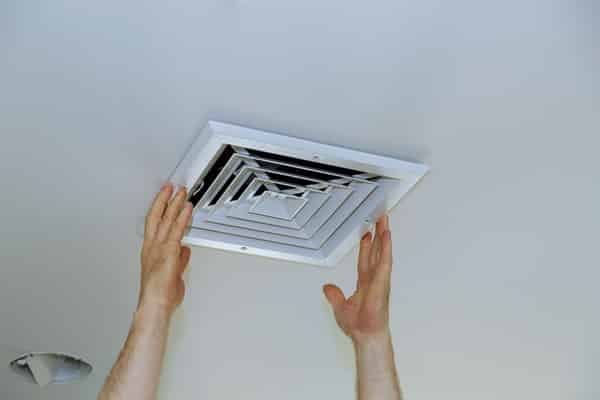
Understanding that mold prevention and remediation is an ongoing process is crucial for keeping your home safe and healthy. Even after addressing an existing mold issue, continuous vigilance is necessary to prevent recurrence. This means regularly checking for signs of moisture or mold, maintaining low humidity levels, and ensuring good ventilation throughout the home. Educating all household members about what to look for and how to maintain a mold-resistant environment is key.
Staying informed about the latest mold prevention techniques and products can also be beneficial. As new research and technologies emerge, there may be more effective ways to combat and prevent mold in your home. Building a relationship with a trusted professional for periodic inspections can provide peace of mind and early detection of potential issues. Remember, the fight against mold is never completely over, but with consistent effort and awareness, it can be effectively managed.
Unmask The Hidden Enemy In Your Home
In uncovering the terrifying truths about household mold, it’s clear that awareness, prevention, and timely action are key to maintaining a healthy home environment. Don’t wait for mold to become a larger problem. Regular inspections, prompt remediation, and ongoing prevention strategies are vital. Empower yourself today by assessing your space for mold, implementing preventative measures, and seeking professional help if needed. Protect your home and health by taking action against mold now.


